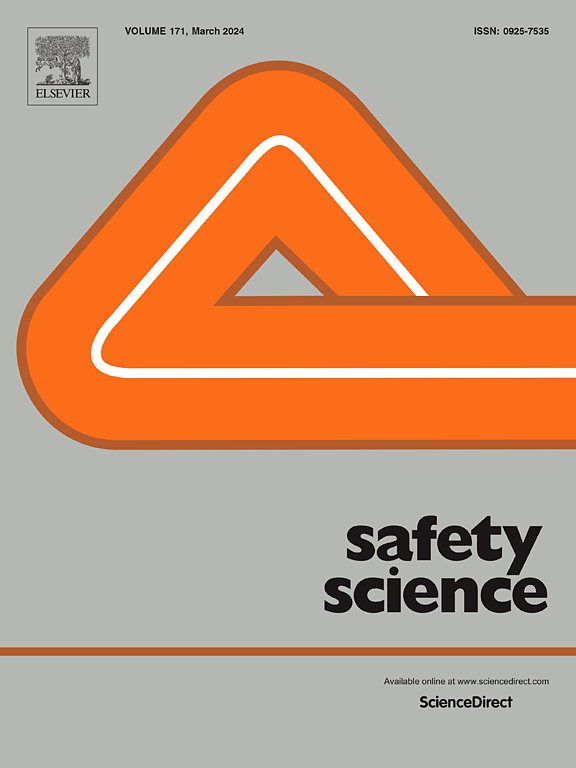Ergonomics and design for safety: A scoping review and bibliometric analysis in the industrial engineering literature
IF 4.7
1区 工程技术
Q1 ENGINEERING, INDUSTRIAL
引用次数: 0
Abstract
The rate of accidents in the manufacturing context is not decreasing significantly, despite the continuous effort of providing stricter safety requisites at the regulatory level. In particular, recent statistics show that most accidents are related to the interaction between humans and technical systems, primarily due to inadequate consideration of human factors. Based on this, the purpose of the present study is to investigate the recent research addressing design for safety (DfS) in the manufacturing context, focusing on those research approaches aimed at integrating human factors and ergonomics (HFE) within DfS activities. A scoping review and bibliometric analysis were performed considering engineering journal articles that appeared in the literature in the period 2006–2023. The analysis pointed out four main themes addressed in the literature (namely, assistive/smart interfaces, frameworks and methods, safety ergonomics knowledge, and workplace design), with an increasing focus on the human side of the human–machine interaction and a growing interest in 4.0 or 5.0 solutions. The need for clearer definitions and standardized methodologies within the HFE field also emerged. This will facilitate a better integration of safety and ergonomic principles in industrial practices, aligning with the new paradigms of resilience engineering and Industry 4.0/5.0.
求助全文
约1分钟内获得全文
求助全文
来源期刊

Safety Science
管理科学-工程:工业
CiteScore
13.00
自引率
9.80%
发文量
335
审稿时长
53 days
期刊介绍:
Safety Science is multidisciplinary. Its contributors and its audience range from social scientists to engineers. The journal covers the physics and engineering of safety; its social, policy and organizational aspects; the assessment, management and communication of risks; the effectiveness of control and management techniques for safety; standardization, legislation, inspection, insurance, costing aspects, human behavior and safety and the like. Papers addressing the interfaces between technology, people and organizations are especially welcome.
 求助内容:
求助内容: 应助结果提醒方式:
应助结果提醒方式:


